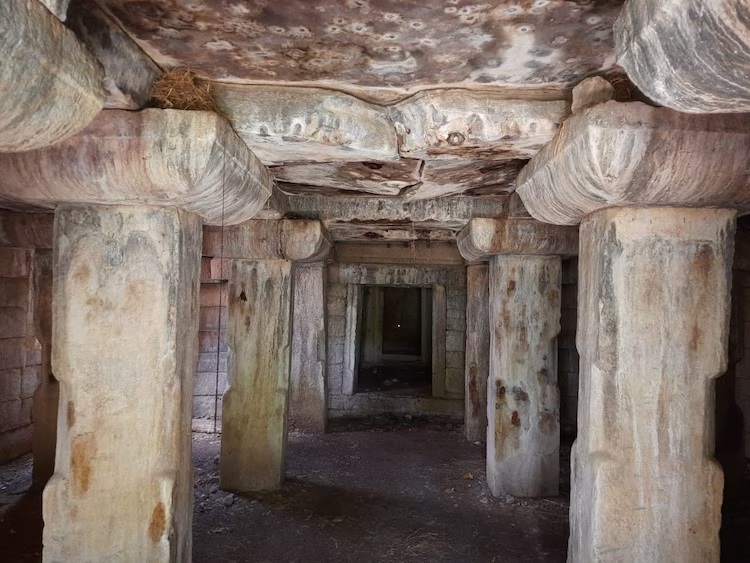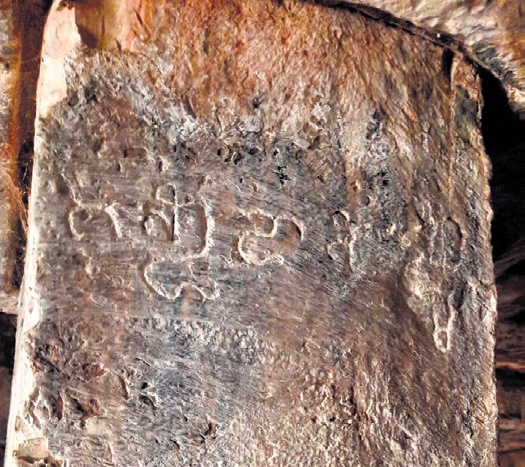In a groundbreaking discovery, archaeologists from the Public Research Institute of History, Archaeology, and Heritage (PRIHAH) have unearthed two temples dating back over 1300 years in the village of Mudimanikyam, nestled along the serene banks of the river Krishna in Nalgonda district, India. Led by Dr. M A Srinivasan and S Ashok Kumar, the team made remarkable archaeological findings, including these two temples from the Badami Chalukya era, along with a 1300-year-old label inscription.
Exploring the Historical Significance
Dr. M A Srinivasan, General Secretary of PRIHAH, emphasized the historical significance of the Krishna river valley, further accentuated by the newfound artifacts in Mudimanikyam village. These temples, dating between 543 AD and 750 AD, stand as exceptional relics from the Badami Chalukyan rule, showcasing the Kadamba nagara style in the Rekha nagara format-an architectural rarity in Telangana.

Dating back over 1300 years, these temples symbolize a pivotal era in Hindu dynastic history. During the reign of Pulakeshin II, also known as Immadi Pulakeshi, the Badami Chalukyas emerged as a dominant force, filling the power vacuum left by the decline of the Kadamba kingdom of Banavasi.
Ancient architectural styles of temples from the Chalukya Badami
The temples, exceptionally well-maintained, exhibit a fusion of architectural styles typical of the period. They feature the Kadamba nagara style, highlighted by a pyramidal-shaped shikara adorned with ascending steps, crowned by a pinnacle kalasha. Additionally, aspects of Rekha nagara architecture are apparent, characterized by a north Indian shikhara with a gently curved tower.
Within one temple, researchers unearthed a panavattam serving as the pedestal for a Shiva lingam in the inner sanctum. In the other temple, they discovered an idol of Vishnu.

Besides rock-cut cave temples, the architectural style also includes structural temples constructed from stone and brick. These temples are characterized by unique architectural elements such as shikharas (tall spires), mandapas (pillared halls), and elaborate sculptures embellishing both the exterior and interior walls. Examples of these remarkable temples include the renowned Virupaksha Temple at Pattadakal and the Mallikarjuna Temple at Badami.
The discovery of an inscription believed to date back to the 8th or 9th century AD, bearing the name ‘Gandaloranru,’ was found engraved on a pillar within a cluster of five temples. Although its exact meaning remains mysterious, Dr. Munirathnam Reddy, Director of Epigraphy at the Archaeological Survey of India, suggested that the initial letters ‘Ganda’ in Kannada might signify ‘hero,’ possibly implying a heroic title.

